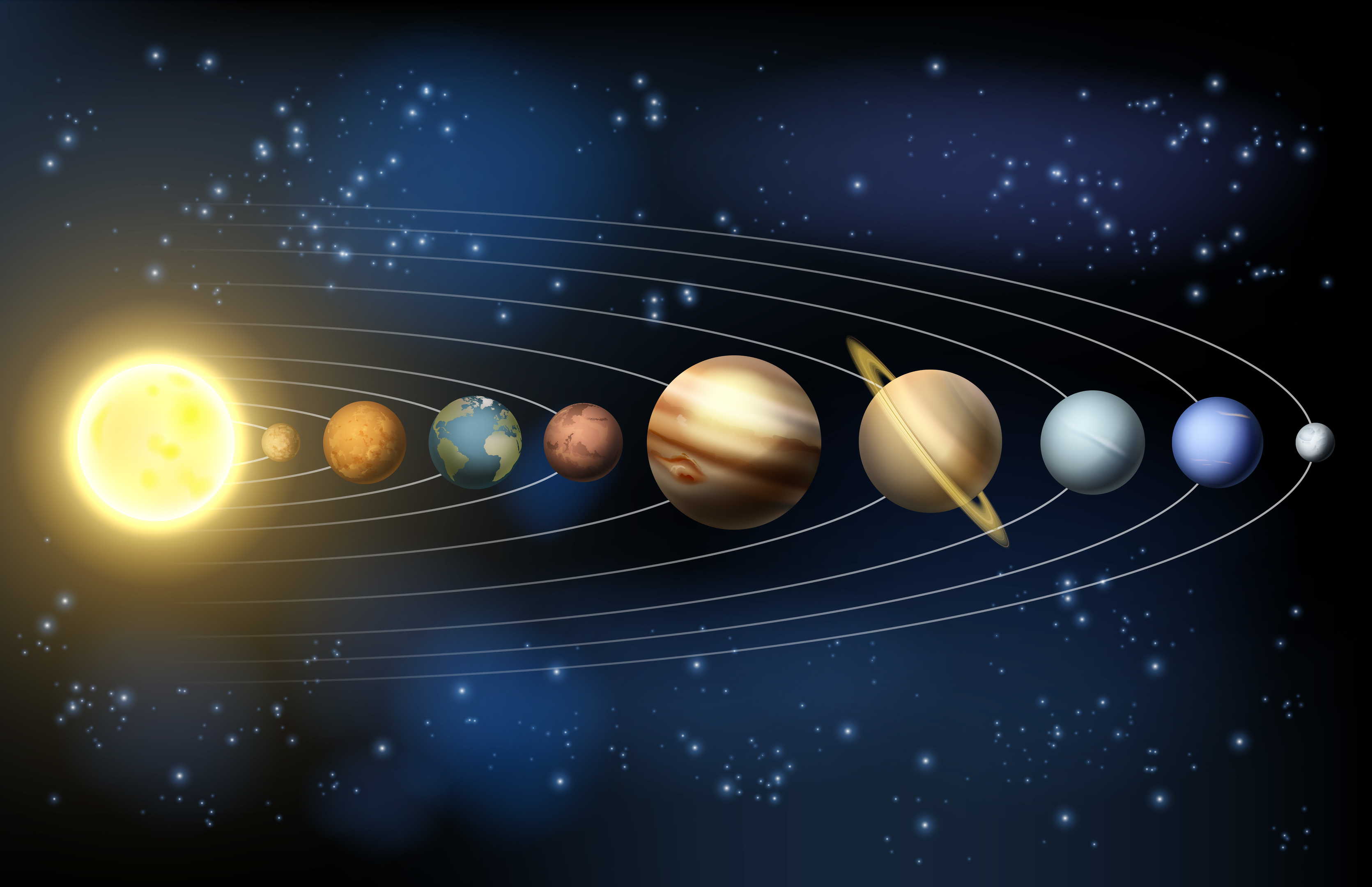
Can you think of a better name for a new planet than WASP-13b?
Budding young astronomers from across the UK will have the opportunity to think of a new moniker for an exoplanet – a planet that exists outside of our own solar system – and the star it orbits.
Some 93 countries have been invited to name different planetary systems in a global competition by the International Astronomical Union (IAU), with the UK’s designated exoplanet currently named WASP-13b.
A large gaseous planet found in the Lynx constellation, it takes four days to orbit its host star – known as WASP-13.
This star is over 740 light years from Earth and is similar to our own sun, according to the IAU, which launched the “Name Exoworlds” competition to celebrate its centenary.
Professor Robert Walsh, professor of astrophysics at the University of Central Lancashire (UCLan) and UK national outreach coordinator for the IAU, will run the UK arm of the competition.
“This is an unparalleled chance for a school or youth group to leave its mark on the universe,” he said.
“Imagine there being a star and planet out there that will have the name you chose forever more.
“We hope that teachers and youth leaders will embrace this competition as a way to engage young people in science by exploring the wonders beyond our own Solar System.”
Between Friday September 6 and Friday October 18, schools and youth organisations across the country can make their suggestions via an online submission form.
A panel of astronomy experts will then whittle the names down to a final selection before the public vote for their favourites in mid-November.
The winning names will be announced in mid-December along with all other selected names from countries participating in the competition.

Enjoy the convenience of having The Sunday Post delivered as a digital ePaper straight to your smartphone, tablet or computer.
Subscribe for only £5.49 a month and enjoy all the benefits of the printed paper as a digital replica.
Subscribe